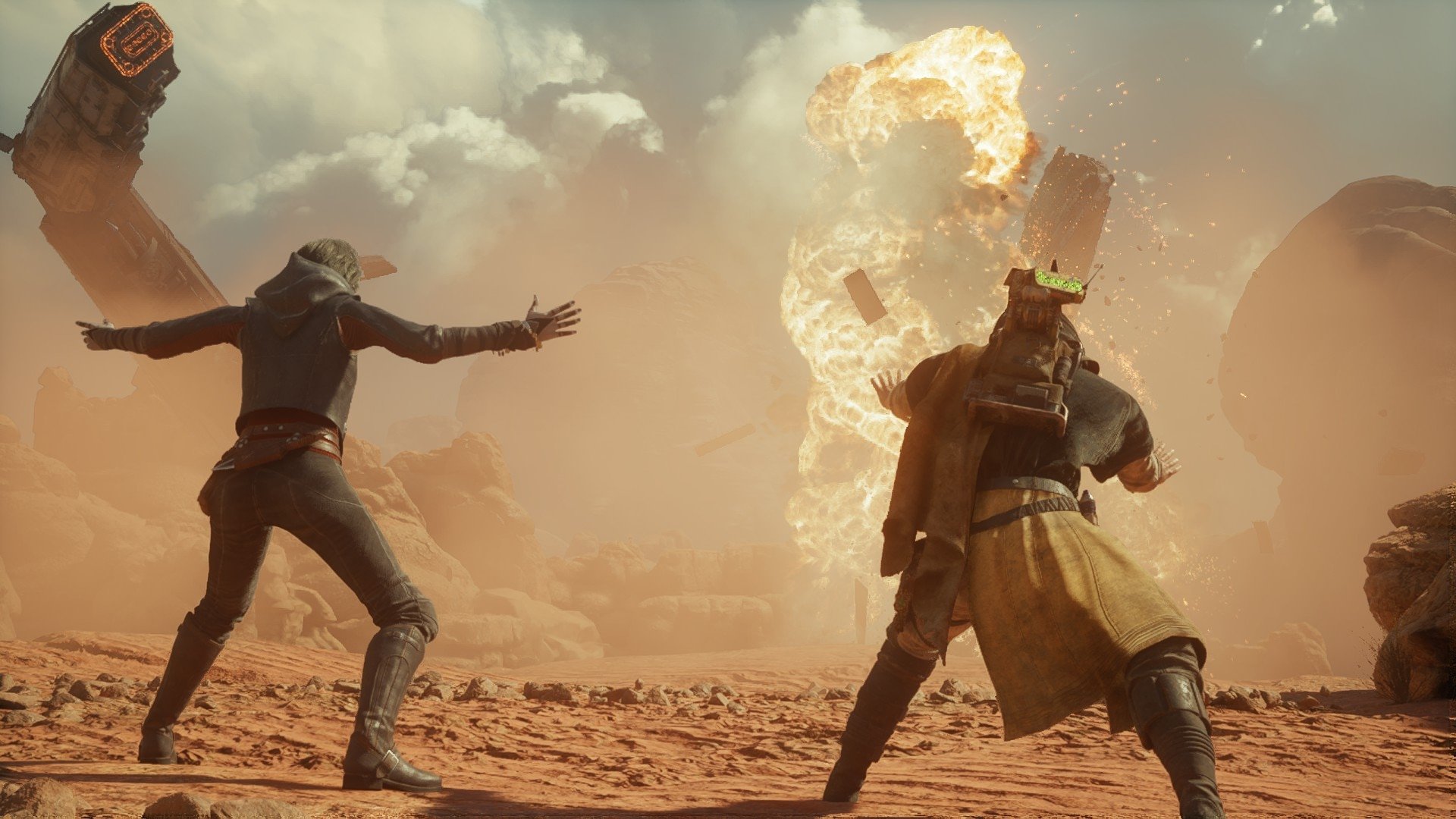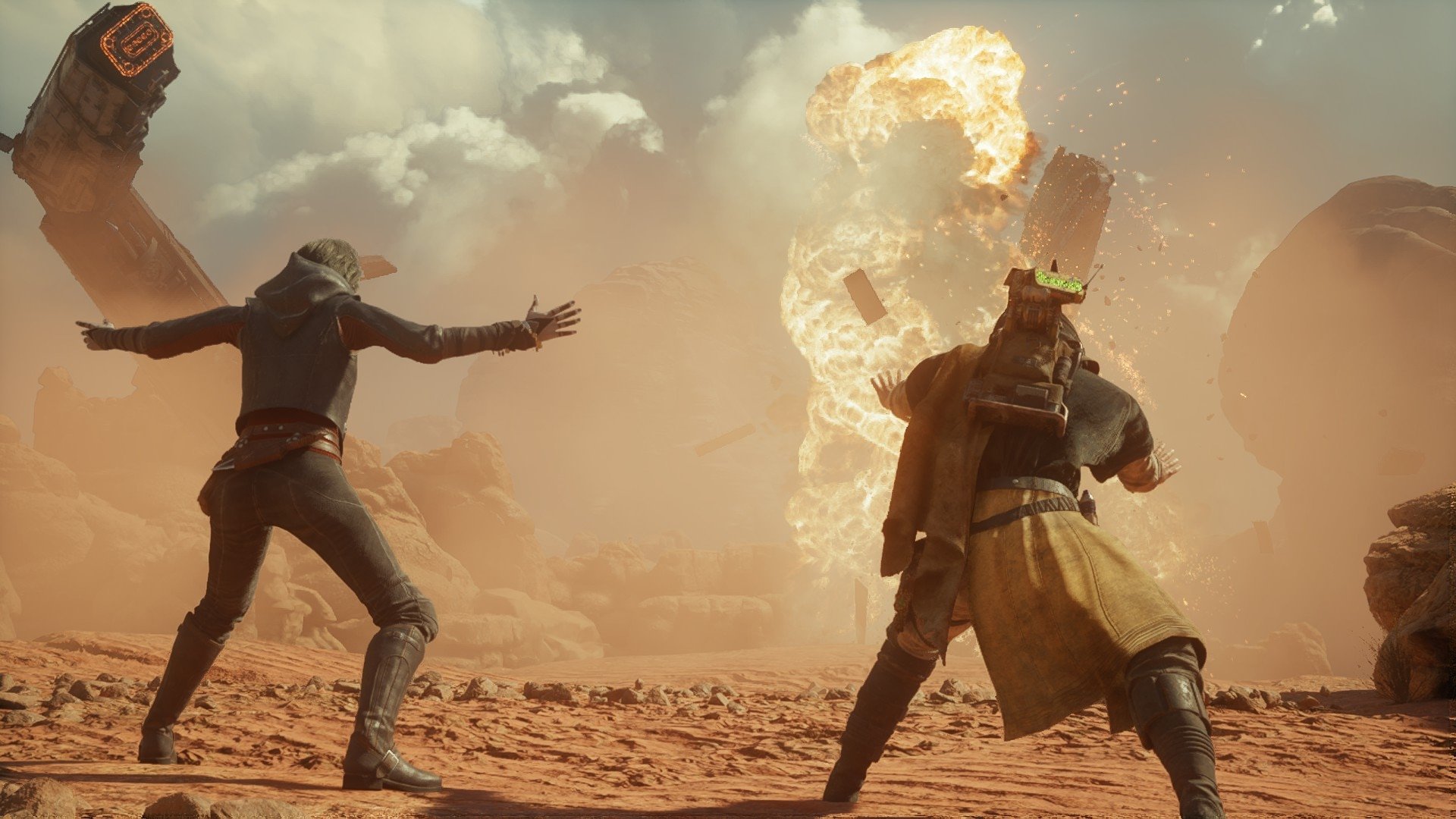
It “only” took Electronic Arts and Respawn Entertainment nearly six months to get Star Wars Jedi: Survivor right.
- Respawn Entertainment releases Patch 7 for Star Wars Jedi: Survivor to address performance glitches on consoles and PCs, including frame rate concerns on Xbox Series S/X and PlayStation 5.
- The update introduces enhancements for Quality and Performance modes, such as disabling ray tracing for a stable 60 FPS, support for Variable Refresh Rates on PS5, and Nvidia’s DLSS support for PCs.
- Amidst the broader trend of post-launch game refinements in the industry, Respawn’s commitment to optimization highlights their dedication to player satisfaction, as fans eagerly anticipate future installments and console versions.
For Star Wars Jedi: Survivor, Respawn Entertainment and Electronic Arts have released a crucial update.
Fans were quite interested in the Unreal Engine 5 game, which is the sequel to Star Wars Jedi: Fallen Order, which released in 2019. However, it was heavily criticized for PC and console performance issues when it was first released. Originally released on the Xbox Series S, the game could only run at 30 frames per second; on the Xbox Series X, this could only be accomplished by lowering the resolution of the game. Concerns over the game’s optimization were also expressed by PC gamers, who mentioned problems like erratic frame rates, frequent crashes, and a number of other glitches.
Although the story and gameplay were highly praised, it was evident that the performance issues needed immediate repair. As part of their dedication to improving the user experience, Respawn Entertainment promised post-launch upgrades and improvements on a regular basis. The most critical bugs were fixed over time by the developers, and this resulted in a noticeable boost in gameplay on all platforms, particularly following the release of Patch 6 and 6.5. The crew was eventually able to address the frame rate issues because of their diligence.
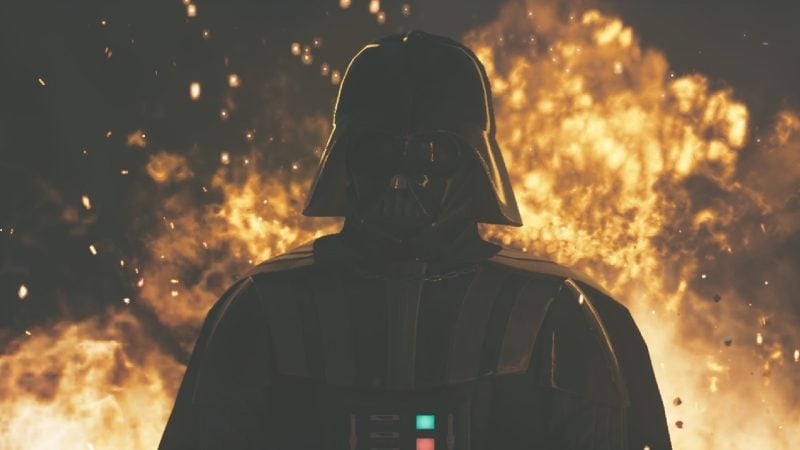
The latest patch for Star Wars Jedi: Survivo, version 7, portends significant changes, particularly for console users. The Performance and Quality modes have both been enhanced. For the PlayStation 5 and Xbox Series S/X, ray tracing is now turned off in the upgraded Performance setting, guaranteeing a steady 60 frames per second. Additionally, the PS5 version now supports variable refresh rates, which is a function that synchronizes the refresh rate of the console with a TV or monitor. This compatibility reduces input lag and allows for faster scene rendering, all while minimizing visual disparities such as screen tearing.
Patch 7 provides a variety of CPU and GPU-specific optimizations for the PC gaming community. Support for Nvidia’s DLSS (Deep Learning Super Sampling), a cutting-edge technique that upscales PC game graphics using artificial intelligence, is a significant feature. As a result, players can enjoy improved frame rates and aesthetics. While these improvements will undoubtedly improve the gameplay, Star Wars Jedi: Survivor’s cinematics are still locked at 30 frames per second.
Other major issues addressed by the latest patches include file corruption in the save system and a bug that prevents players from getting their XP back when their character dies. Additional improvements in terms of game stability and decreased crashes are anticipated, along with several platform-specific improvements including clothing, lighting, and UI tweaks.
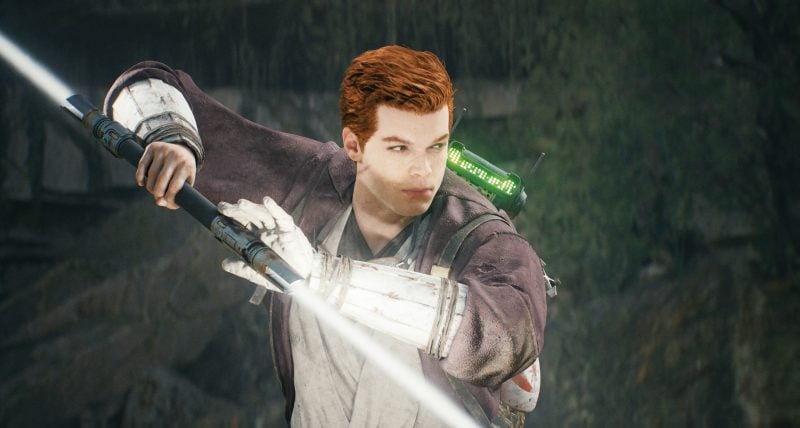
Ray tracing has always been problematic, thus it makes sense that Respawn Entertainment decided to remove it from the Performance mode. Ray tracing was formerly included in both the Quality and Performance modes, but there was no way to deactivate it. This most recent action implies a calculated choice, since the game was unable to maintain a steady 60 frames per second with ray tracing enabled.
The Star Wars Jedi: Survivor development cycle highlights a larger industry tendency in which publishers occasionally release games that need to be improved and refined later on. It is not uncommon for games to reach their optimal performance up to six months after release. But many of these games start to appear like what they were originally advertised as, usually for a significantly lesser price, once the required patches are installed.
Even though a game’s eventual quality improvement over its first release isn’t really noteworthy, these days we’ll take what we can get.
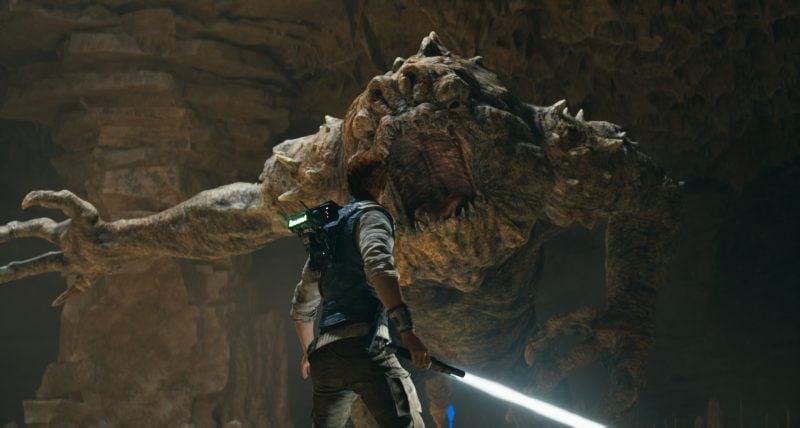
While fans wait for versions for PlayStation 4 and Xbox One, Star Wars Jedi: Survivor continues to improve. Not to mention, rumors of a possible Star Wars Jedi trilogy are still circulating, which keeps fans excited about what Respawn might be working on next.
